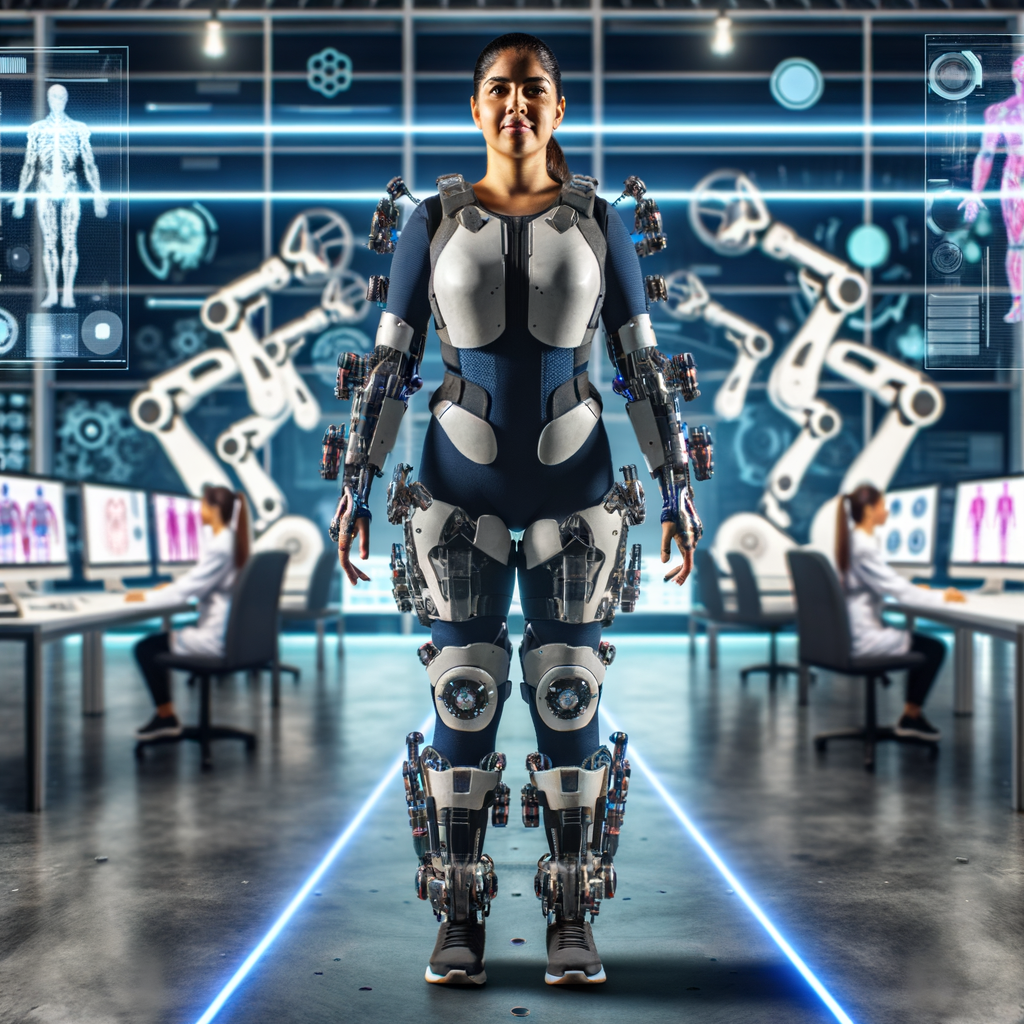“`html
Automotive Robotics Surge
Transforming the Future of Manufacturing, One Robot at a Time
The drive towards automation in the automotive industry is not just fast, it’s in overdrive. According to recent market projections, the global Automotive Robotics Market is set to hit a staggering $13.60 billion by 2027. This meteoric rise is being fueled by the demand for precision, efficiency, and a growing appetite for electric and autonomous vehicles, where the margin for error decreases as innovation swells.
Automotive robotics have become synonymous with productivity. The ability to shrink production cycles while maintaining almost surgical accuracy has allowed car manufacturers to achieve a level of consistency that humans just can’t match—no matter how skilled. But it’s not all about efficiency. The role of robotics extends to safety, cost savings, and the reduction of human labor in repetitive, high-risk tasks. That, in turn, makes it crucial in a future where both safety standards and consumer expectations are rising simultaneously.
The Major Drivers Fueling the Surge
Although the automotive robotics buzz has been growing steadily, its acceleration can primarily be attributed to three major factors:
- 1. Labor Shortages: Many manufacturing hubs worldwide are facing exhausting labor shortages. With human labor thinly spread, robotics are stepping in to produce the volume required to meet global needs without the inconsistencies associated with manual work.
- 2. Tight Production Deadlines: The demand for “build it faster, now” – thanks to rapid model lifecycles and booming global car sales – has turned to automation as a necessary ally. Robotics help automotive manufacturers meet tight production timelines with unparalleled consistency and quality.
- 3. Push to Electric and Autonomous Vehicles: Building electric vehicle (EV) platforms and highly sensitive autonomous systems require extreme precision. Robots excel at these high-tech assemblies, ensuring that components are built with minimal need for human intervention while adhering to demanding quality control standards.
Types of Robots Driving the Industry Forward
While mentioning “robots” might make some envision humanoid figures welding car bodies, the reality is much more diverse.
- Articulated Robots: These multi-jointed machines are perhaps the best-known in the automotive sector. Their flexibility and precision allow them to handle complex tasks like welding, assembly, and painting.
- Collaborative Robots (Cobots): Stepping in where traditional robotics can’t—alongside humans. These robots specialize in assisting human workers in enhancing productivity in a safer environment, reducing strain on physical labor.
- SCARA Robots: Designed for tasks requiring extreme accuracy, such as electronic component installation, these robots are prevalently used in assembling critical parts of electric vehicles.
- Abrasion Resistant Robots: As the name suggests, these are robust, durable robots specifically designed for tasks like sanding, painting, and cutting—areas that demand hardiness in repetitive, impact-heavy environments.
An Eye on the Future: Automation Without the Fear Factor
One concern continually looming over industries embracing automation is the inevitable question: ”What about the jobs?” As robotics evolve to take on increasingly complex tasks, certain job roles will indeed vanish, but history shows that technology opens new opportunities. The paradigm shift in the automotive sector doesn’t eliminate jobs; it transforms them. Where monotonous tasks may be phased out, opportunities for jobs in robot programming, maintenance, and big-picture strategic roles will emerge.
Additionally, the human presence will never be entirely removed from the equation. While robots in the automotive industry can perform various duties, creativity, problem-solving, and innovation need human hands on the steering wheel.
Global Leadership and Regional Hotspots
It’s no surprise that Asia-Pacific has emerged as an early dominant force in the automotive robotics industry. With countries like Japan, China, and South Korea being sizable automotive and electronics manufacturers, they’ve capitalized on the broader industrial automation trend. Meanwhile, North America and Europe are also following suit with heavy investments in robotic solutions to support their manufacturing processes, positioning them to compete fiercely with their eastern counterparts.
The Road Ahead – Where Robotic Implementation Must Shift Gears
The surge in automation is not without its obstacles. The complexity and high upfront cost in purchasing, integrating, and maintaining automotive robots can form barriers for smaller players in the industry. As larger companies find seamless adoption easier, smaller manufacturers might struggle to access the technology without significant investment.
Regulatory standards, especially those to ensure safety and quality, will also require constant evolution with upgrades in robotic systems. Regular oversight will remain crucial as robots venture more deeply into machine learning and AI-driven predictive maintenance—allowing them to tweak production lines in real-time.
Conclusion: The Age of the Automotive Robot is Now
The intersection of automotive needs and advanced technology has birthed the automotive robotics revolution, a revolution poised to accelerate through 2027 and beyond. As automation tightens its grip on automotive production lines, the end result is a faster, safer, more efficient industry—ready to navigate the twists and turns of tomorrow’s demands. From electric vehicle perfection to manufacturing feats that boggle the mind, robotics are shifting gears where innovation meets industry.
In a world where demand for better, faster, and prettier cars doesn’t seem to end—it’s safe to say automotive robots aren’t just part of the future. They are the future.
“`


